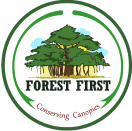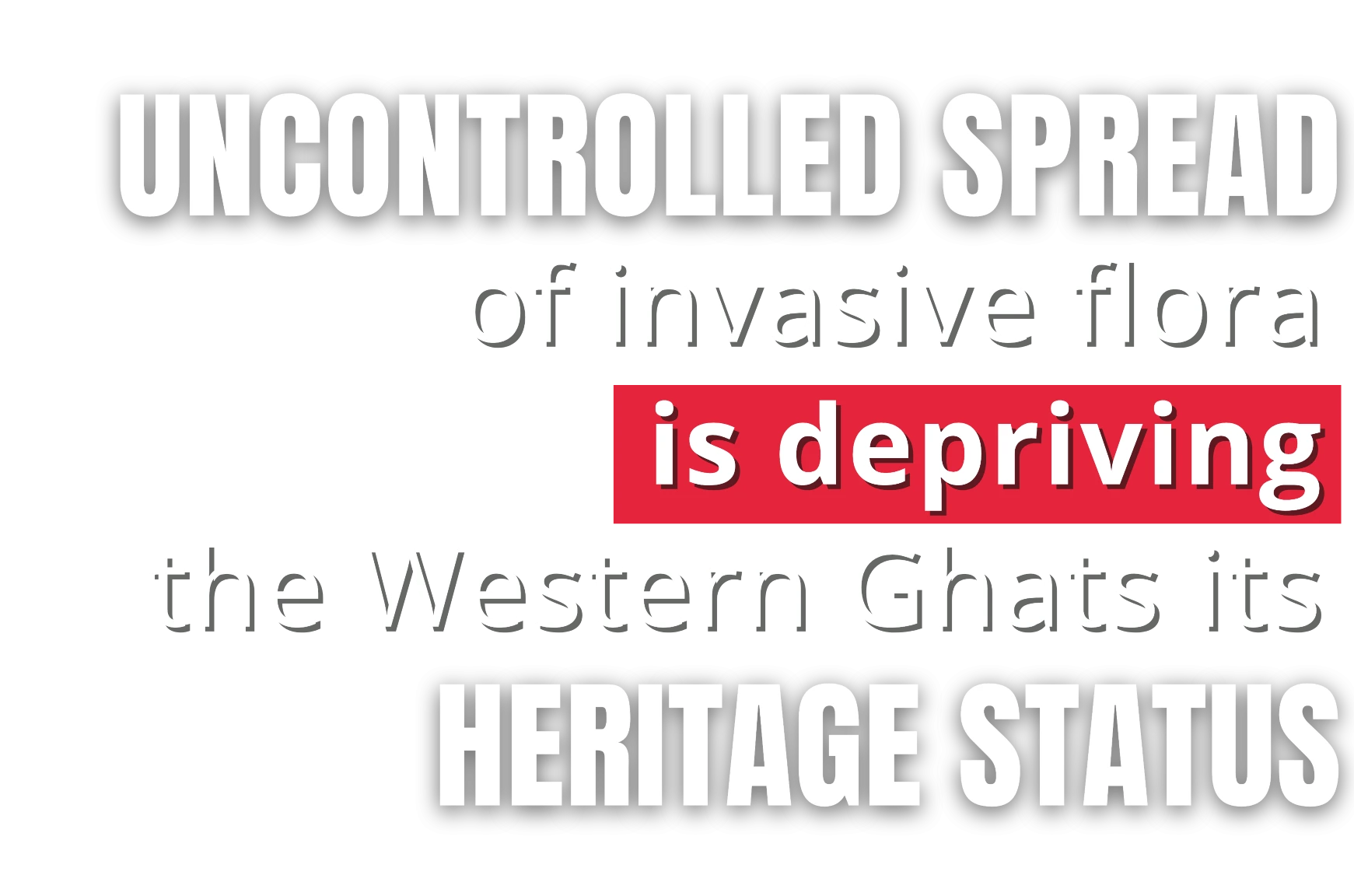
Rajesh V.R
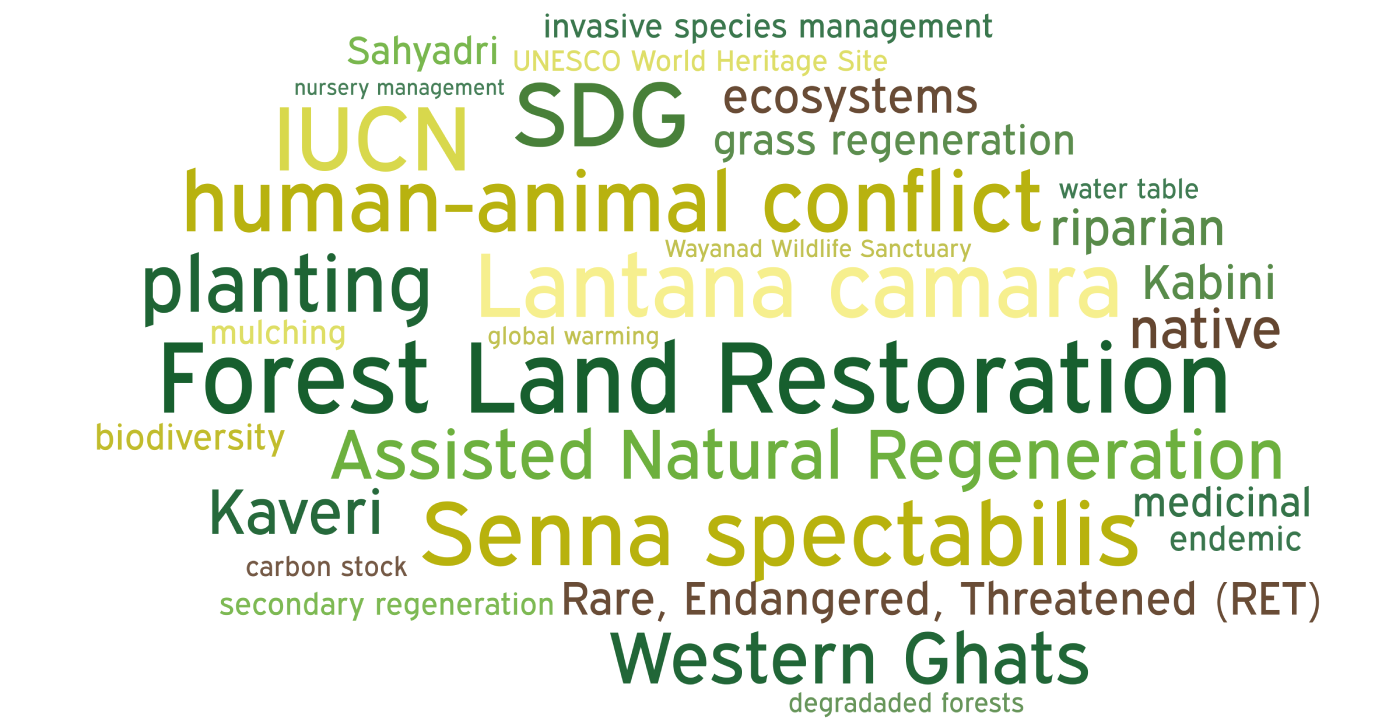
Assisted natural regeneration (ANR) is the human protection and preservation of tree seedlings that have naturally regenerated in the forest. The overall goal of ANR is to create and improve forest habitat. It typically involves the reduction or removal of barriers to natural regeneration such as soil degradation, competition with weeds, grasses or other vegetation, and protection against disturbances, which can all interfere with growth. With ANR, forests grow faster than they would naturally, resulting in a significant contribution to biodiversity and in creating carbon sinks. It also serves as a cheaper alternative to reforestation due to decreased nursery needs.
Lantana camara is a species of flowering plant native to the American tropics. It is a very adaptable species, which has spread from its native range to around 50 countries, where it has become an invasive species. It can outcompete native species, leading to a reduction in biodiversity.
Senna spectabilis is a plant species of the legume family native to South and Central America. They are often grown as an ornamental due to their bright yellow flowers that bloom during the summer months. The plant has become an invasive alien species in parts of Africa and South-India. Currently, S. spectabilis is overtaking native tree species of forestry ecosystems around the world because of its ability to grow quickly and its allelopathic traits.
Forest Land Restoration (FLR) is the ongoing process of regaining ecological functionality and enhancing human/animal well-being across deforested or degraded forest lands. FLR involves restoring the forest ecosystems through invasive species management, grassland management, ANR and planting of RET/native tree species, to bring back floral and fauna biodiversity.
Rare Endangered Threatened (RET) plant species can be defined as species with narrow geographical distribution ranges, highly specific habitat requirements and/or species restricted only to small populations. The IUCN have estimated that about 10% of the world's vascular plant species are under varying degrees of threat.
Grass regeneration is the first positive result after Senna uprooting. Native grasses return to the degraded lands, slowly starting the process of ecosystem restoration.
Our Impact
*as of March 2025

58k
Saplings Planted
383+
Acres of SENNA Removed
560+
Acres Under Restoration
100
Restorers
118
Smokeless chulha distributed
20
Bee boxes distributed
04
Native/RET Nurseries
42k
Lantana Freed Saplings
200
Solar Home Installations
04
Indigenous Tribes
15
Small Check Dams
560+
acres under restoration
04
Indigenous tribes
100
Restorers
383+
Acres of Senna removed
15
Small check dams
200
Solar home installations
04
Native/Ret Nurseries
58k
Saplings planted
42k
Lantana freed Saplings
118
Smokeless chulha distributed
20
Bee boxes installed
Our SDG Goals


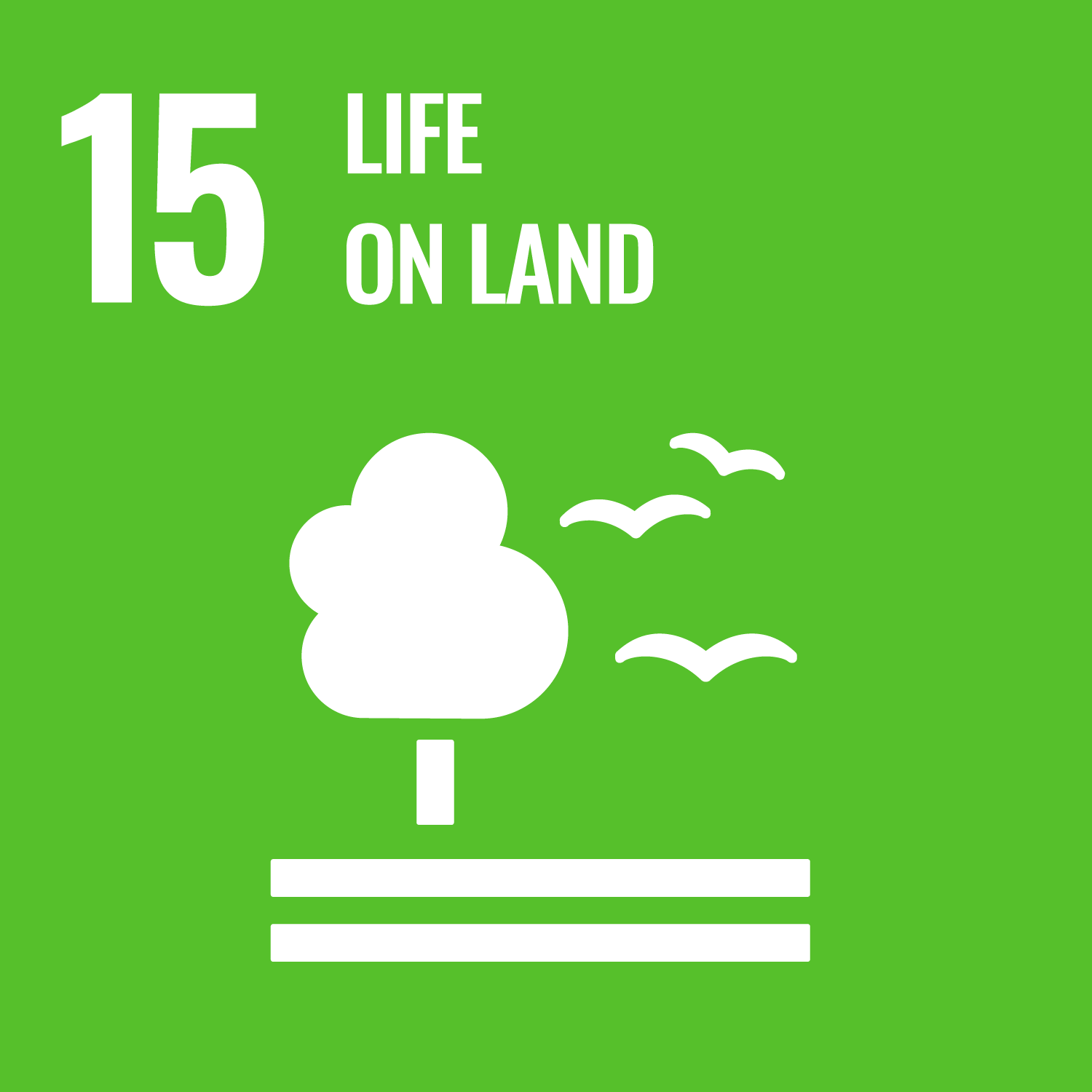
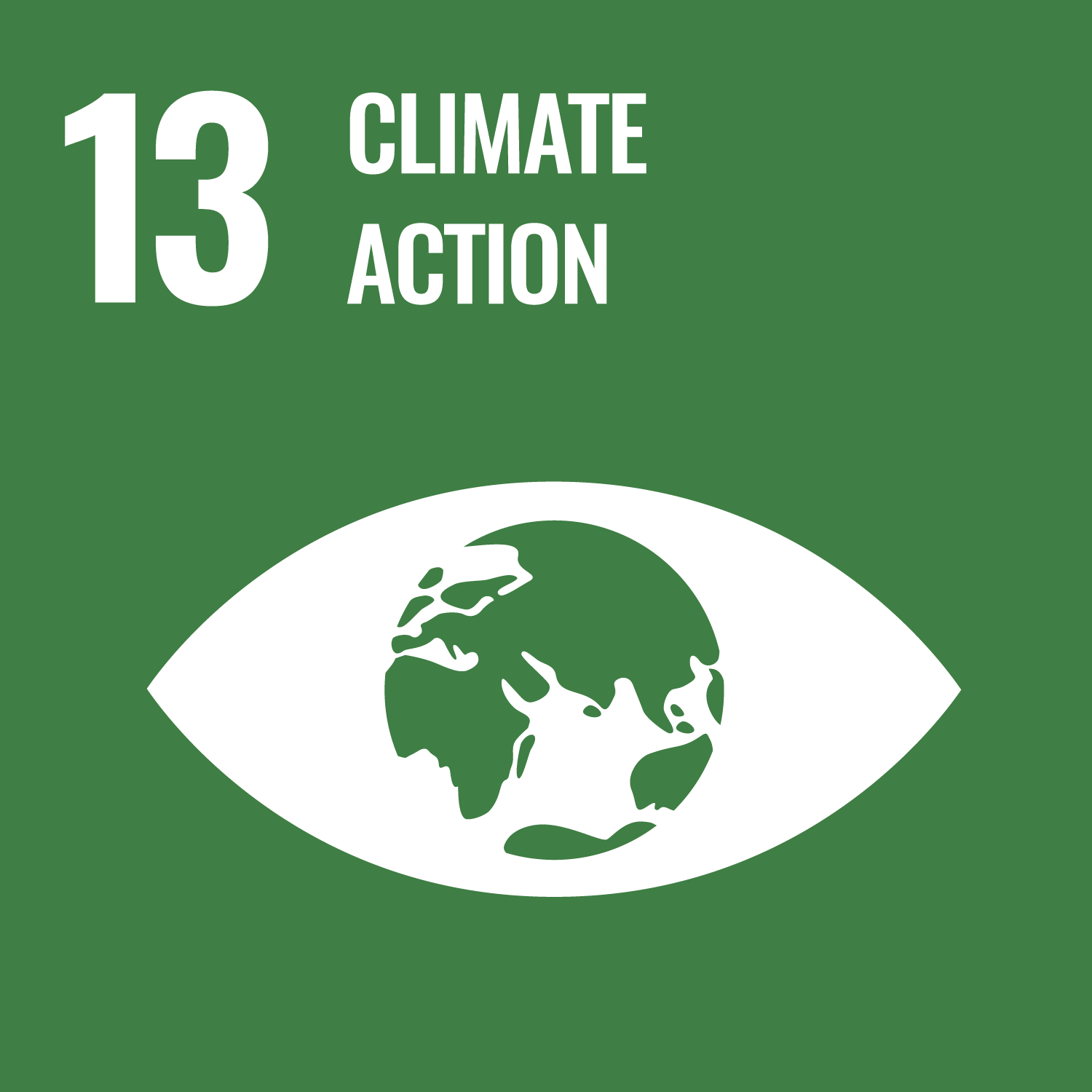


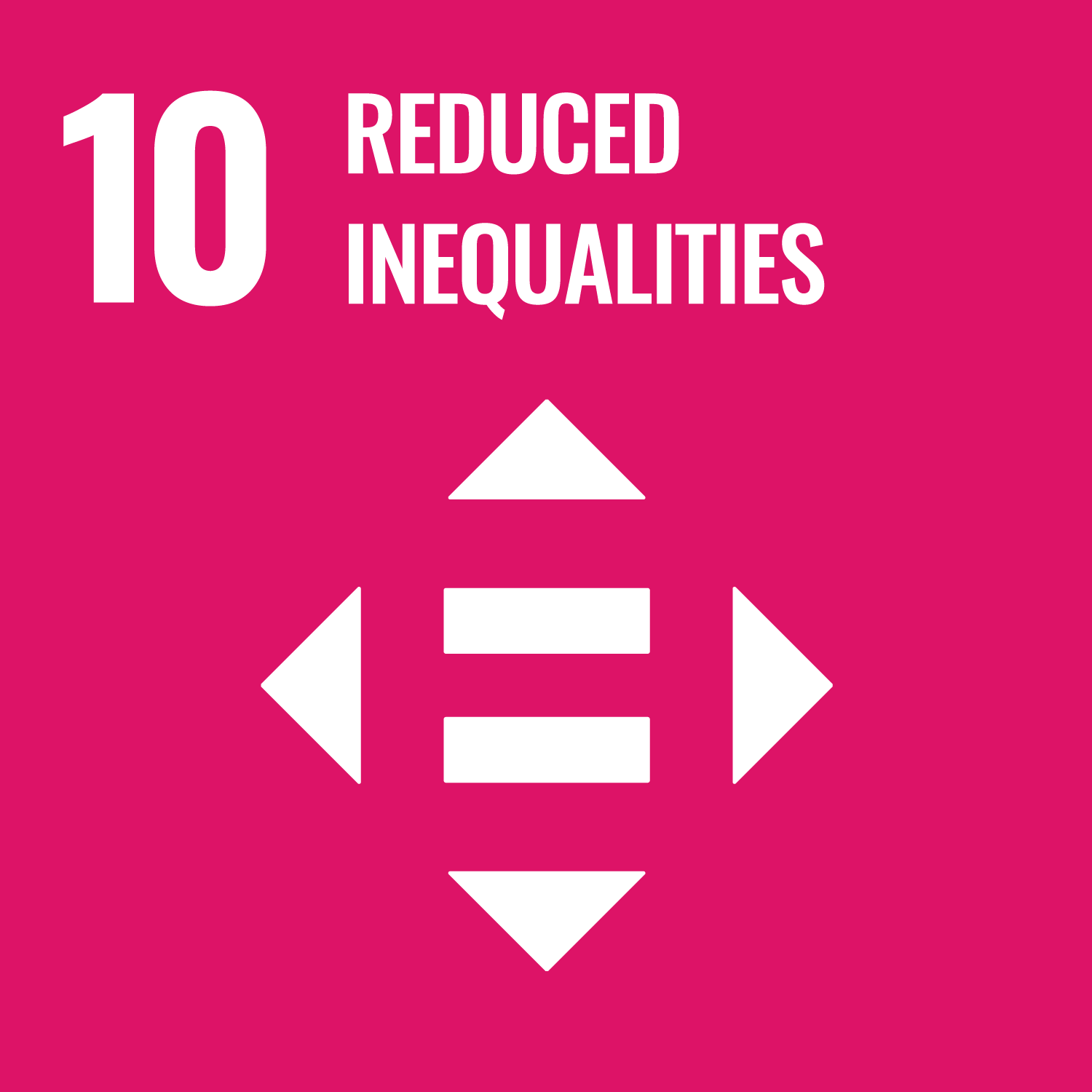
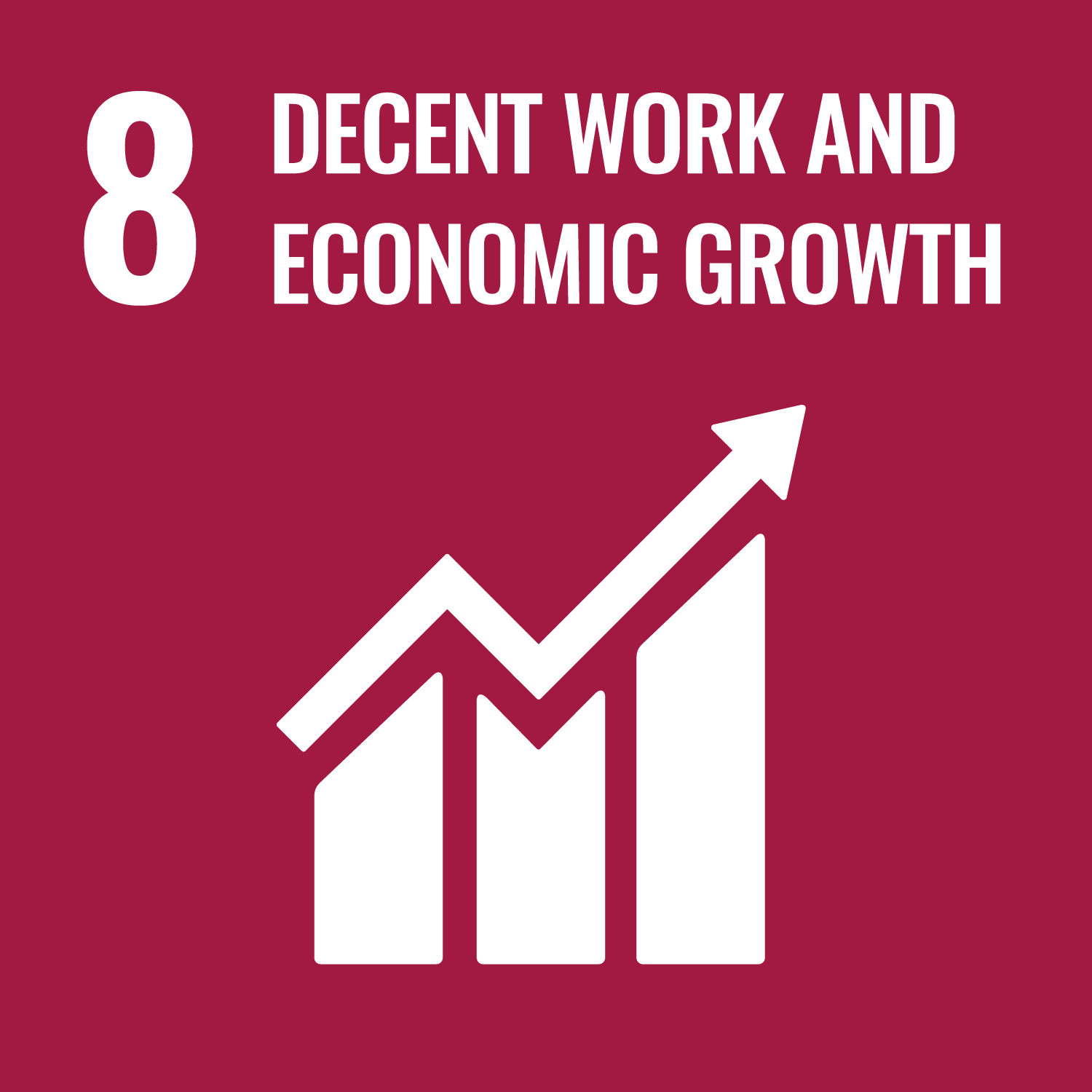
This is the UN Decade on Ecosystem Restoration. Our forest land restoration is focused on preventing the expansion of invasive territory in our forest lands, halting the undesirable allelopathic duress. We are also reversing the loss of biodiversity by native species conservation in the Sahyadri i.e. the Western Ghats, a critical biodiversity hotspot.
Testimonials

Ajay MK is a poet, fiction writer and corporate executive based in Hong Kong.
Vijaya Deepti PH is the Director of Tata AIG, and retired CEO of Tata Insights and Quants a Division of the Tata Industries Ltd.
JOIN US TO RESTORE OUR FORESTS
Our restoration work is driven by local livelihoods
Anish Andheria


.jpg)
